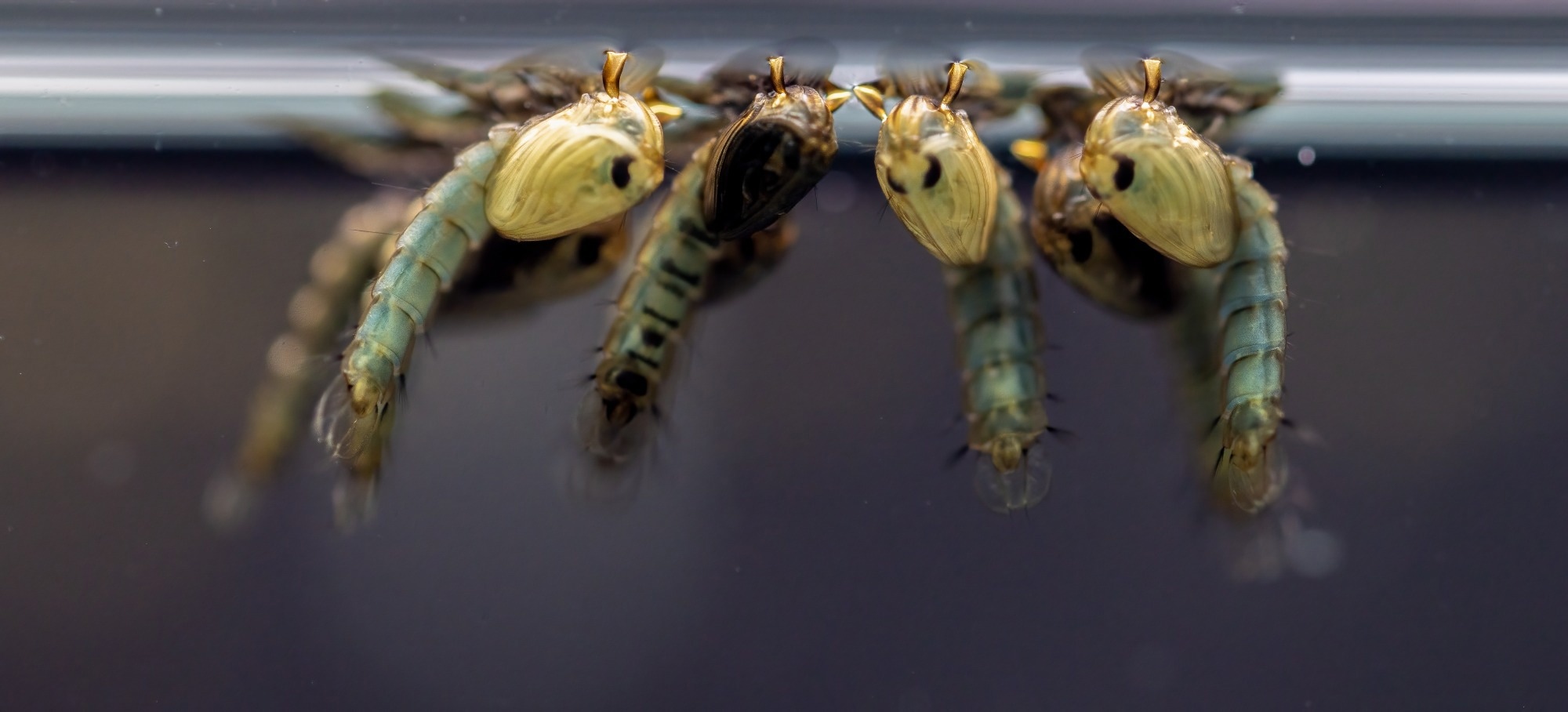Shocking Study Reveals Microplastics in Your Home and Car Are More Dangerous Than You Thought!

What if I told you that every breath you take might be filled with tiny bits of plastic? Yes, a groundbreaking study has revealed that the air inside our homes and cars might contain more microplastics than we could ever imagine!
Imagine inhaling an estimated 68,000 microplastic particles every day, just from your own living room or while driving to work! Researchers from the Université de Toulouse have made this alarming discovery using advanced Raman spectroscopy, uncovering that our everyday environments, where we spend about 90% of our time, are teeming with these microscopic plastic particles.
So, what exactly are microplastics? Defined as plastic fragments less than 5 millimeters in length, these tiny particles can wreak havoc on our health. They contribute to inflammation, oxidative stress, and cellular damage while disrupting the immune system. With more than 90% of indoor airborne microplastics being under 10 micrometers in diameter, they can easily penetrate deep into our lungs—and potentially even enter our bloodstream!
The researchers gathered air samples from 16 different apartments and car interiors, and the results were shocking: the levels of microplastics in cars reached up to 2,238 particles per cubic meter, nearly four times more than in residential settings, with the highest concentrations found in dashboards and upholstery. This significant difference is likely due to confined spaces, the heat generated by vehicles, and the heavy use of synthetic materials.
So, where do these indoor microplastics come from? They’re not just the result of a bad plastic habit. Everyday items like synthetic textiles, plastic packaging, household dust, and even the furniture we sit on contribute to the problem. Simple activities like walking on carpets or folding laundry release more particles into the air, making us unwitting participants in this environmental crisis.
But what does this mean for our health? The implications are alarming. Inhalation of microplastics can lead to a variety of health issues, from respiratory problems and digestive disorders to reproductive complications. These particles can even carry toxic additives like BPA and phthalates, which are known to mimic hormones and contribute to fertility problems.
It’s a wake-up call for all of us. The study emphasizes the need for immediate action: reducing single-use plastics, avoiding heating food in plastic, and regularly cleaning our living spaces can help mitigate exposure to these harmful particles.
While completely avoiding microplastics may feel impossible, simple steps can significantly reduce their presence in our lives. Remember to ventilate your home, use air purifiers, and opt for natural fibers in clothing and furnishings. The health of our planet—and our own health—depends on it!



























